
Georges Adéagbo (1942 Benin)
A conceptual artist who has developed his own style of using found objects since the early 1970s in Cotonou, Benin. During his walks, he collects lost or discarded objects that tell something about the society he visits and incorporates them into his installations. Adéagbo enriches his palette with sculptures and traditional masks from Benin to present the culture of his country wherever he is invited to exhibit. For each installation, he commissions paintings and wood panels from Beninese artisans, thus linking the local and the global. As a result, episodes from his personal past intersect with unusual interpretations of supposedly objective historical studies, mainstream pop culture is juxtaposed with canonized high culture, and the mundane is confronted with the profound in his work. Adéagbo avoids overly obvious interpretations of his work: ambiguity and entrapment are integral to his strategy of provocation. Adéagbo's works can be found in important collections such as: Centre Pompidou-Paris, Museum Ludwig Cologne, Philadelphia Museum of Art, The Whitworth Art Gallery, Manchester, Toyota City Museum, KIASMA Helsinki, Moderna Museum Stockholm and the Contemporary Art Collection of the Federal Republic of Germany.
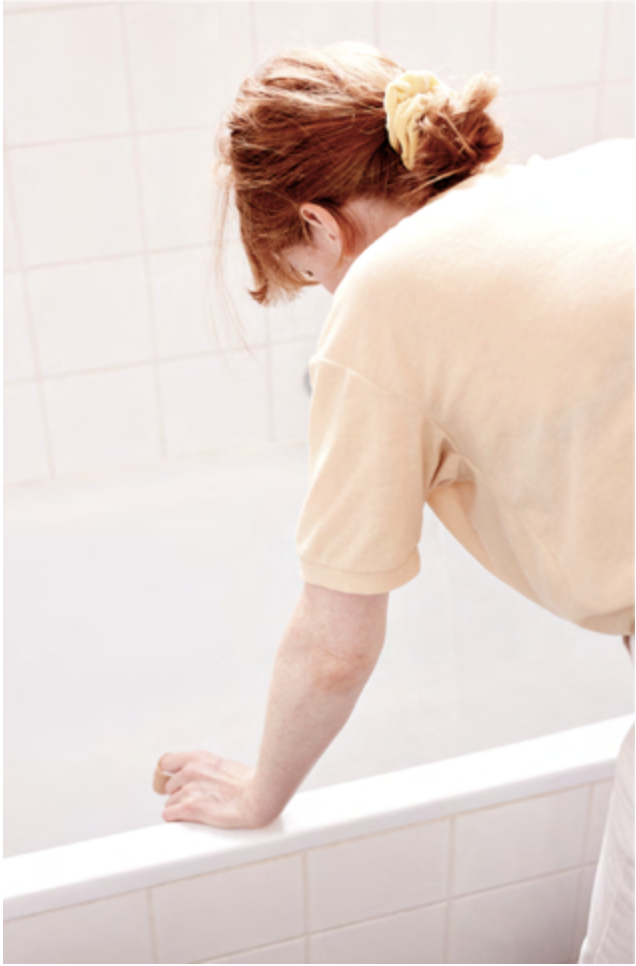
Nienke Baeckelandt (Belgium, 1989)
The work of Nienke Baeckelandt derives from a persistent urge to experiment with different materials and media. Hereby she always seeks out the tension between intuition and control. Her images are often the result of “concentrations or intensities” of a certain moment. In her most recent work, she explores the boundaries of what the viewer notices or, on the contrary, what (s)he passes by. Seeing, appearing, disappearing.
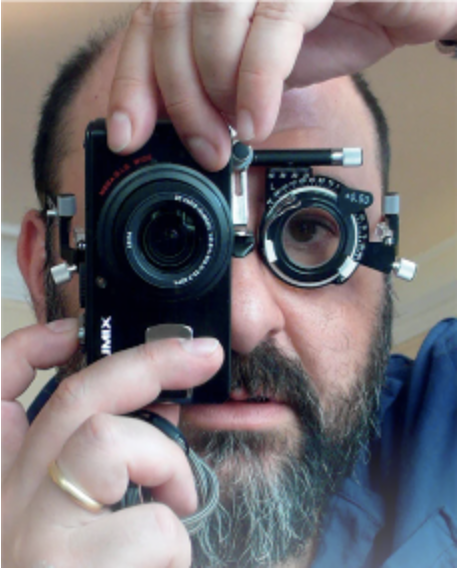
Pierre Bismuth ( France, 1963)
Pierre Bismuth is a French artist and filmmaker based in Brussels. His practice can be placed in the tradition of conceptual art and appropriation art. His work uses a variety of media and materials, including painting, sculpture, collage, video, architecture, performance, music, and film.
Pierre Bismuth goes back to the basic principles of film and photography as a reaction against mass culture and its avalanche of images, sounds and information. In his installations, photos, collages, videos and scenarios, he destabilises the established codes dictated by mass culture. In this way he compels us to distance ourselves critically from our ingrained perceptions. With a certain irony, he has claimed that he is ‘not really into film’. He sees the use of cinematographic codes merely as a means of opening our eyes to the perceptions that he himself has pre-programmed. His most striking joint project took place in 2004, when, at the request of the director Michel Gondry, he wrote the scenario for the cult classic ‘Eternal Sunshine of the Spotless Mind’. For this film, as someone whose purpose was to constantly upset mainstream cinema, Bismuth actually won an Oscar for the ‘best scenario’!
Self-portrait after Andreas Feininger (2008) by Pierre Bismuth
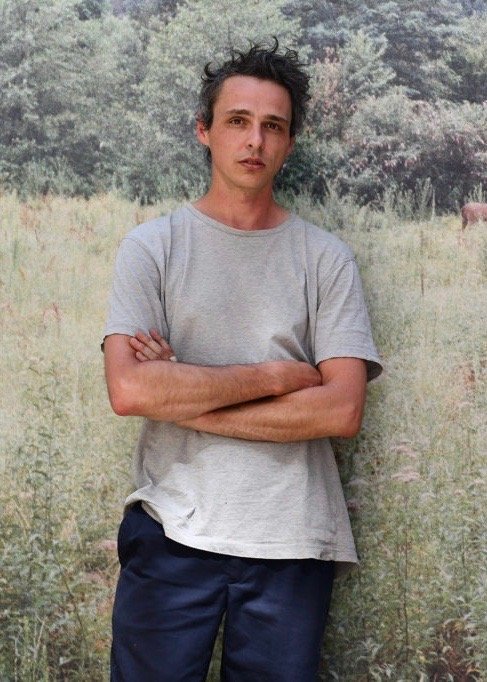
Nicolas Bourthoumieux (1985, France)
Originally from Toulouse, Nicolas Bourthoumieux has lived and worked in Brussels since his studies at La Cambre. A multidisciplinary artist whose work includes sculptures, installations, paintings, videos and photographs.
In his practice, Nicolas Bourthoumieux subtly materializes his astonishment of the world, nourished by essential serendipity. His poetic gestures occupy the space, refusing a negotiation with the architecture. His ensemble of works commonly reveals the strange, invisible transformation time may confer on things. Often recycling his own artworks, he sees objects as carrying a temporal charge from which ghosts may (re)appear.
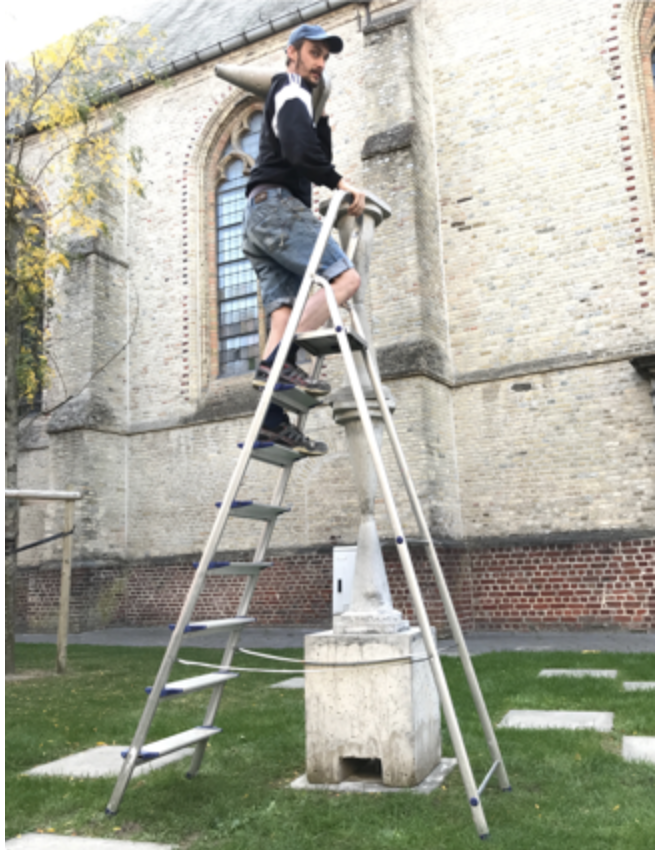
ELIAS CAFMEYER ( Belgium, 1990)
Mainly working with sculptures and video installations, Elias Cafmeyer creates site-specific installations often in public space or inspired by the use of public space in the context of the city. He sees the city landscape as a metaphor for social construction and focusses on traces of urban development and forms of signage orchestrating mobility. His interventions deal with strategies such as inversion, juxtaposition and contrast, creating a sense of alienation. Apart from his video installations, Cafmeyer often uses raw, industrial material such as metal, untreated wood and concrete.
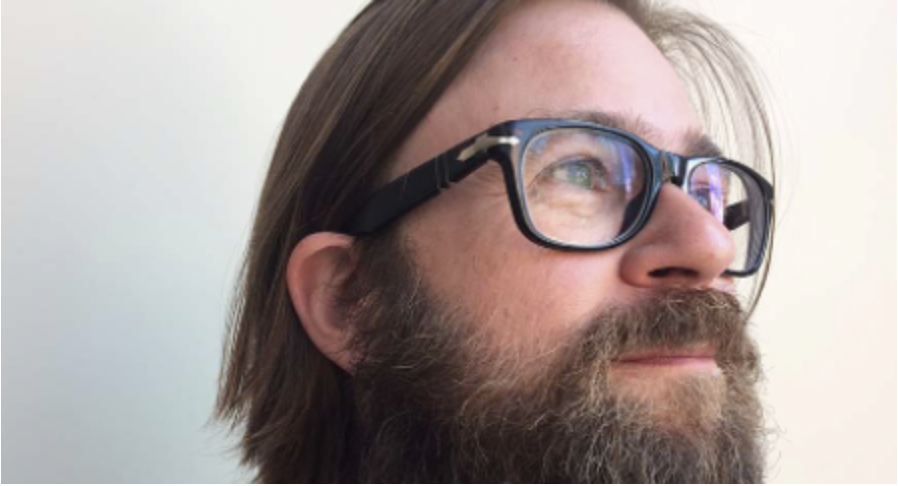
Hans Demeulenaere (Belgium , 1974)
Hans Demeulenaere lives and works in Bruges. He graduated in Visual Arts at the LUCA School of Arts in Ghent and has been a resident artist at the Masereelcentrum in Kasterlee (2019) and the Workspacebrussels in Brussels (2015). Central to his artistic research are his reflections on exhibition spaces and the transformation of architectural elements into sculptures and installations.His most recent solo and group exhibitions include: Doppelganger, De Garage, Mechelen (2021); Soft Fold, with Dimitri Vangrunderbeek, Fred& Ferry Gallery, Antwerp (2021); There is Nothing Connected, Nothing Distinct, with Esther Venrooy, Onomatopee, Eindhoven (2018); You make a better door than you do a window, with Emi Kodama, Beursschouwburg, Brussels (2016); Politics of Installation, with Bas van den Hurk, P/////AKT, Amsterdam (2015); Be ALL AND END ALL, with Herman Van Ingelgem and Marc Nagtzaam, Millington Marriott, London (2015); Some Objects, Eight Sculptures, Several Frames. One Video and a Book, Mu.ZEE, Ostend (2014); The Gathering Of Characters And Forms (Chapter I), Dash, Kortrijk, (2014); A Never Ending Story, Extra City Kunsthal, Antwerp (2013).
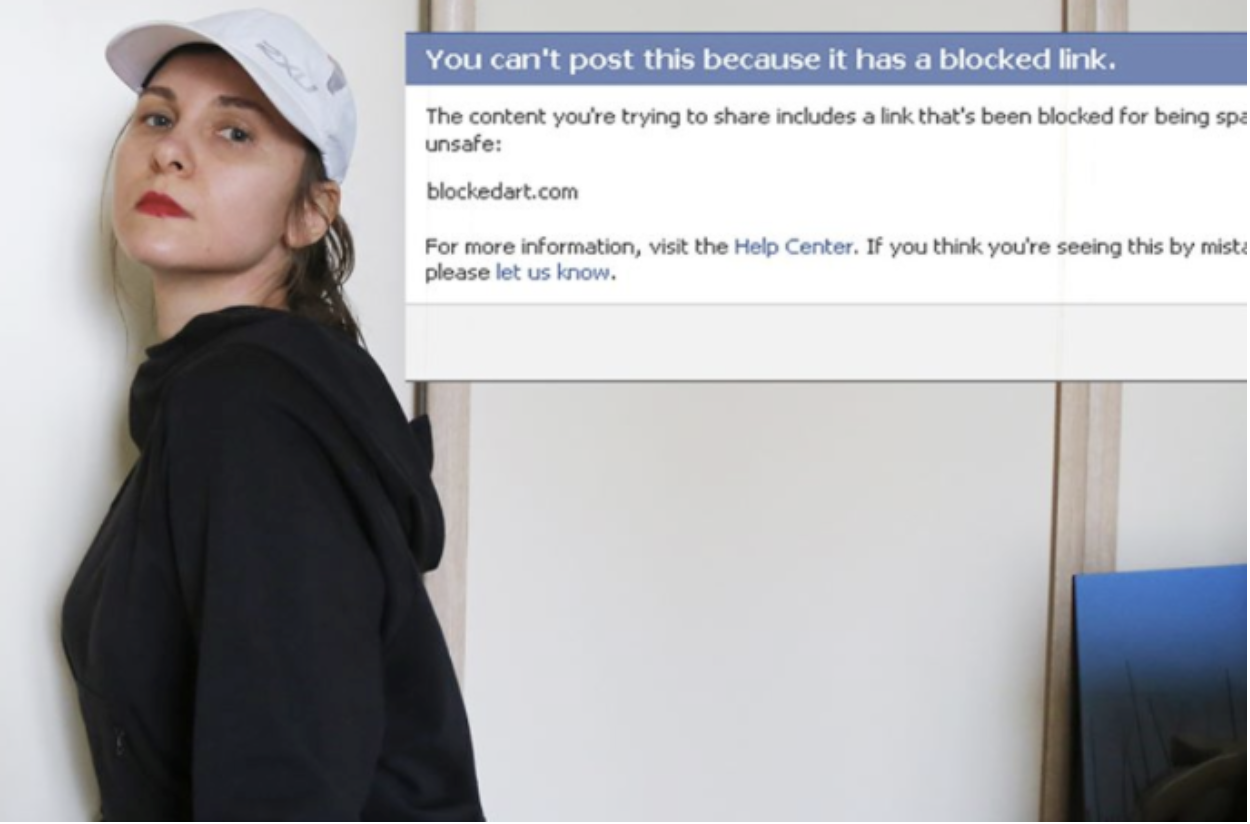
Olga Fedorova (Russia, 1980)
Olga works at the intersection of photography, painting, digital imaging and installations. Using three-dimensional software Fedorova creates forms that resemble ready-made models and inserts them into spaces and landscapes typified by their aseptic, clinical sterility and detached, impersonal ambience. The images of Fedorova, with their surreal, dystopian presentation, evoke uneasy, dreamlike states that feel both familiar and alien, comforting and disturbing.
Quarantine Diary project is the first visual art project created by Fedorova, where she merged real and surreal to reflect 2020 pandemic time.
2020 Joachim Coucke & Olga Fedorova: Road To Know Where, Gent Belgium 2019Clusterfuck, Future Gallery Berlin Germany 2018 Artificial Paradise? Immersion in Space and Time, Graz Austria 2018Olga Fedorova: She lives in you, Gallerie Charlot, Paris 2018Future Love. Desire and Kinship in Hypernature, Basel Switzerland
2017Olga Fedorova: Generic Jungle, Annka Kultys , London UK
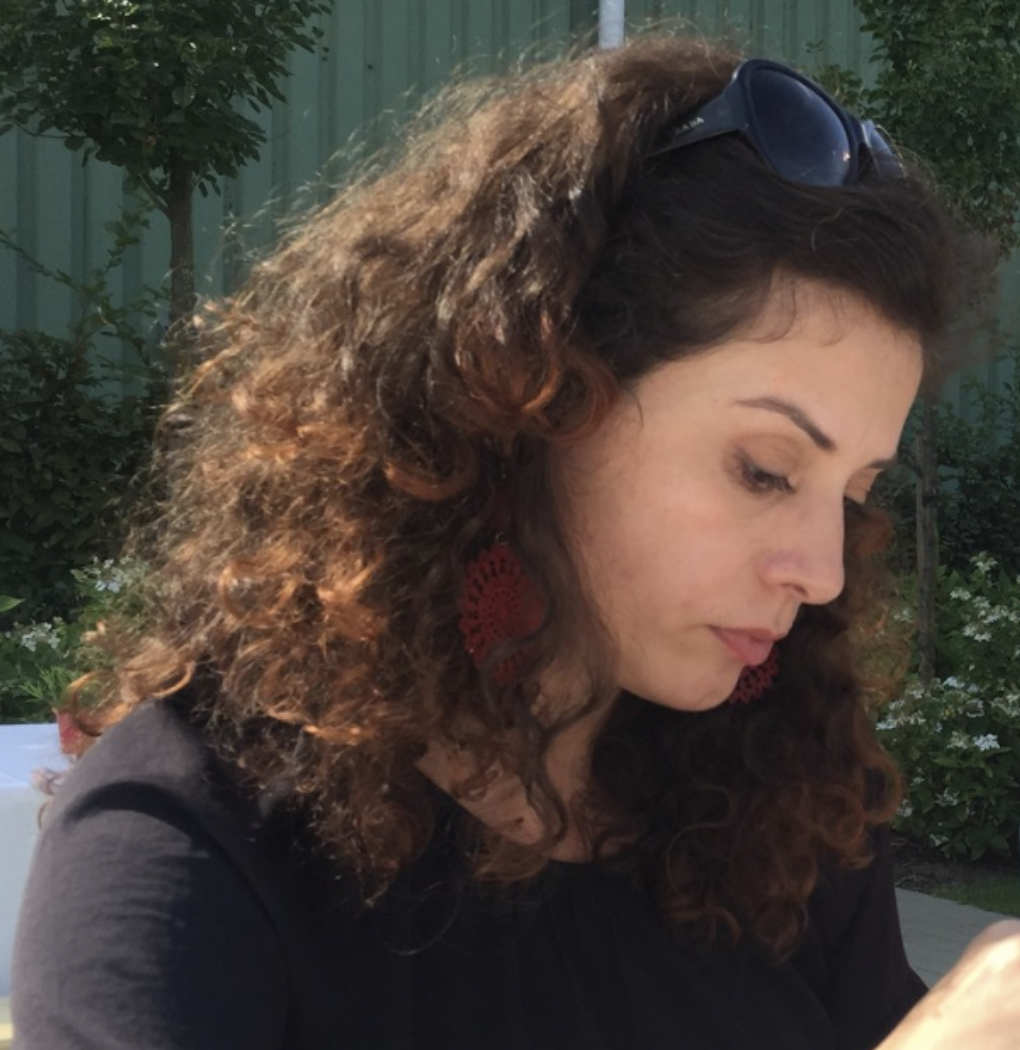
Simona Mihaela Stoia ( Romania, 1982)
Simona Mihaela Stoia is a contemporary Romanian-Belgian painter, who lives and works in Belgium
Her paintings are characterised by a threefold application of the paint: in the thinly applied, sometimes atmospheric, here and there released background, in the modeling of volumes that evoke the image of body parts, animals or plants, and in the moments where the paintings become more abstract and finally become mere paint and paint strip.
Playing with these three approaches, she weaves and kneads paintings that are simultaneously sensual, mysterious, compact, open, complex and bold. Here too we encounter, thematically speaking, darkness and playfulness, here too we meet an artist who thinks visibly with paint and painting techniques. The most specific thing about Stoias paintings, however, is something else, namely her ability to create paintings that take place in completely different color registers. Her paintings often have a dominant color sphere (e.g. emerald, carmine, yellow or pink) that on a closer look breaks up into countless harmonious colors that are not different values of the same tone, but individually touched, autonomous tones, which she can 'see' beforehand . Hans Theys, 2020
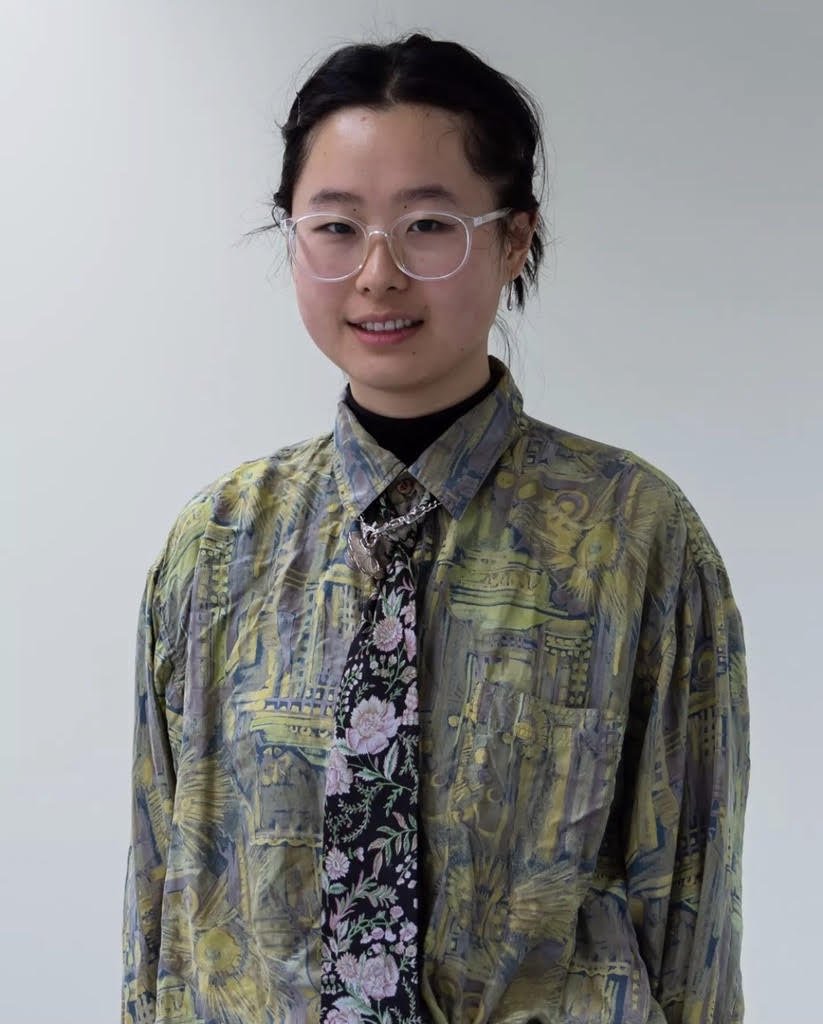
Yi Zhang ((Republic of China, 1996)
Yi Zhang is born in Wuhan and studied painting in Guangzhou.
In 2016, an Erasmus exchange brought her to Antwerp for six months. In 2019 she returned to Belgium to continue her practice in visual art.
In 2019 she returned to Belgium for a master's degree in visual arts. That same year she won the Stockman's Art Book Prize and showed drawings in Inbox, M HKA.
Today she lives in Amsterdam,where she was offered a six-month residency. In China, Zhang worked with different media: video, photography, drawing, sculptural installations and oil paintings
on canvas. In one canvas we recognize the shape of a saucer and glued volumes that were given an extra shadow by means of paint. Her current works are about love and sharing love.

Zena Van den Block (Belgium, 1995)
Zena Van den Block works mainly with images from popular culture, around recurring habits and starting from a passion for collecting and an urge for patterns.
She searches for translations of discovered patterns in behavior or use of materials and communication by creating context or reversing it.
This is often done through play and chance. Publications and multiples are a recurring form of work given the flexibility and divisibility of the medium
Zena Van den Block studied photography and sculpture at Royal Academy of Fine Arts in Antwerp. She participated in various solo shows and group exhibition : SECONDroom -Antwerpen, FRED& FERRY -Antwerpen, Mu.Zee -Ostend, Kunstenfestival Aardenburg- the Netherlands among other places.
As an artist in residency, Van den Block was invited at Ponte d’Arte ( PT), Artwell Residencies (NL) and Radicale 1924 (FR)
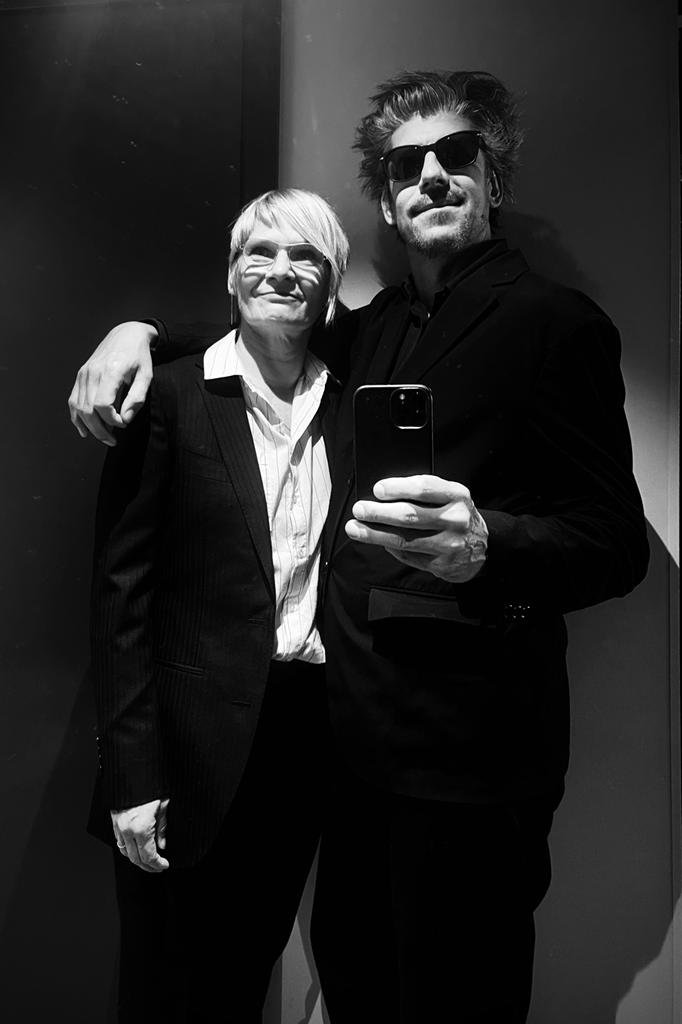
Agence Future (AF)
Agence Future (AF) is a long-term collaboration between photographer Bram Goots and futures researcher Maya Van Leemput. With a unique blend of conversation and image-based approaches they collect, study, co-create, try-out and share images of the futures. This practice started over 20 years ago with a 30-month field journey in 28 countries on five continents and hundreds of interviews. Agence Future’s films, print publications and installations highlight the diversity of images of the futures and the value of inclusive exchanges of various scale and scope (polylogues) about how we design, develop and transform all our futures as well as what those futures might become.
